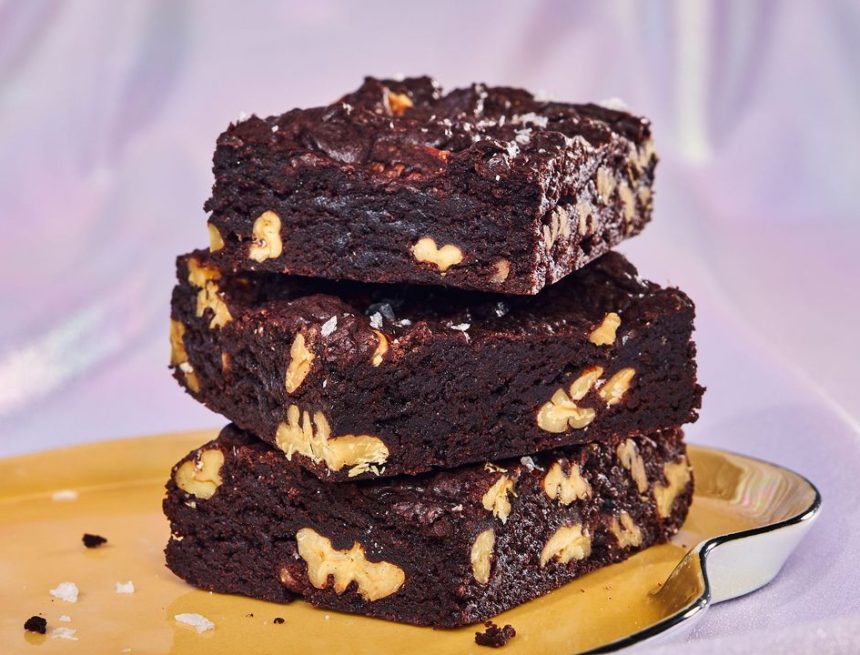Would you drink a cocktail made from day-old pastries? A martini made from leftover feta brine? With over half of US food waste coming from the food industry, bartenders are getting crafty with solutions to help the situation. Fruit pulp, vegetable rinds, meat scraps—even yesterday’s croissants—are moving from the kitchen to the bar, creating wild and wonderful cocktails with less landfill waste. But do upcycled cocktails make a difference?
Sitting above the bar at N/Soto in Los Angeles, jars of crystalized fruit make up the laboratory of Reed Windle, where stone fruit scraps evolve into shōchū cocktails. “It’s a symbiotic relationship,” he says of his cocktail lab. The Izakaya atmosphere, a more casual spot from the team behind Michelin-starred N/Naka, encourages Windle to play, fermenting scraps of fruits used in N/Soto’s small plates, combining them with shōchū for up to six months, depending on the ripeness of the fruit, for his Chu-Hi cocktail. Windle meticulously tracks his experiments in a thick notebook, noting how the sweetness of each fruit adds to the complexity of a cocktail, that rice vodka might be too strong for one fruit, or exactly when to ferment black plums. Because of this, he’s directly involved in what ingredients make it onto the kitchen menu to minimize ingredient waste; the number of test jars above the bar just keeps growing.
Including the bar program in the restaurant menu is about more than using any old scraps left in the kitchen, it encourages a symbiotic relationship across drink and dish.
Kenzo Han, bar director of Firstborn in LA’s Chinatown, does not limit using scraps solely for sustainability, but also as an opportunity to build flavor. When the kitchen needed to make a menu change, Han helped decide what to sub in, instinctually knowing the fat drippings from a 30-day dry-aged lamb saddle would add a nutty layer to a Rob Roy–inspired cocktail.
This partnership and “use everything” mindset shapes Firstborn’s zero-proof menu too. “People my age aren’t going to bars as much, or we’re not drinking,” which inspired Han to make a nonalcoholic program that was just as enticing as their high-proof cocktails.
Han is especially drawn to the “continuous loop of production [of kombucha],” in which the low-alcohol content draws out the flavors of the produce, but during the fermentation process, bacteria depletes the alcohol. Firstborn focuses on reusing that kombucha base and applying seasonal fruits to refresh the zero-proof menu regularly instead of stocking out-of-season fruits to create the same old mocktails and eventually throwing out the unused fruits. Han has become comfortable leaving classic drinks off the menu and saying no to some requests, opting for innovative twists with seasonal food scraps instead. “Bars don’t have to have everything,” Han says.
Balancing Weird and Wonderful
As innovative as a menu might be, patrons might still find it, well, gross to drink leftovers.


